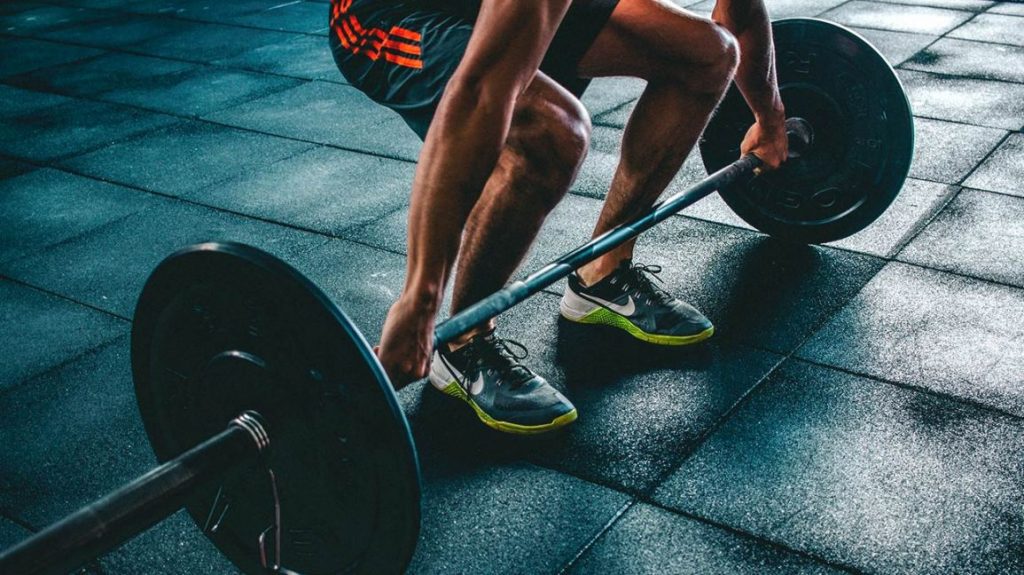 Safety Tips before a Workout
Safety Tips before a Workout

Work out sometimes can be injurious if you do not follow some safety tips. Light to moderate exercise is fine but if you are looking forward to vigorous workouts especially if you have not been active recently then it may cause some serious troubles.
Here are some tips you can follow to avoid any injury.
Warm-Up
Always warm-up and get your body ready to exercise for five to ten minutes. Do enough movements to raise your body temperature. It helps to ensure your body is ready to handle the stress of physical activity.
Start Slowly and Sensibly
Always try to start your workout slowly never try to do too much too soon and gradually boost the exercise level. Start with a sensible level then adjust how much your body can adapt. Good form is essential for strength training. When you start learning the exercises initially use no weights or very light weights unless you are already exercising frequently and vigorously. Never compromise on good form to finish reps or sets or struggling to lift heavy weights.
Listen Up Your Body
Never exercise if you are ill and feeling unduly fatigued. Do not ignore what your body trying to tell you. Workout can exacerbate your illness. If you are extremely tired it can increase the risk of becoming injured. Try to listen to what your body says and finish an exercise session immediately if you feel faint. Besides, cut back your workout plans if you are suffering aches, pains in joints. Never exceed your body capabilities always respond to these signals such as sharp pain, dizziness, nausea.
Workout Environment Organization
Always try to organize your exercise area it should be free of clutter. A haphazard exercise area can elevate your odds of being injured by tripping and falling so always rearrange rack weights, hang towels immediately and organize machines but not only physical objects but also temperature must be maintained. You may experience overheating and dehydration when exercising vigorously in hot humid conditions. Try to maintain the temperature of your workout place or gym. Avoid work out if you notice any signs of overheating, such as headache, nausea, dizziness, palpitations, and faintness.
Follow Instructions
Always follow your instructor or trainer what he advises you to perform various exercises that constitute your workout regime. If you are using new equipment follow strictly the instruction to prevent any injury. Likewise, for vigorous work out follow your trainer and ask help for adopting any new heavy weight exercise.
Appropriate Clothes and Shoes
For your type of exercise always try to choose appropriate clothes and shoes. As cushioning wears out replace your shoes every six months. To avoid hypothermia dress properly in cold weather for workouts. You can wear many layers according to the temperature then you can remove them as you warm up.
Write Your Plan
To achieve your fitness goal establish an accurate standard for starting the plan then develop a safe, efficient and effective plan to assess. Try to make a workout plan diary and adjust that periodically.
Don’t hold Breath
When you are exercising and lifting weights particularly never hold your breath it may cause thoracic pressure it can obstruct the return of blood to your heart. To your entire body, the amount of blood flow can be compromised by this action.
Don’t let the Forces Overwhelm You
While you are doing strength training always keeps control of the speed of the weights such as lift light weights or fewer reps or sets. The excessive level of load force can be placed on your skeletal joints by dropping and throwing the weights.
Keep Yourself Prepared
In any case of emergency, you should know if you need help so keep yourself prepared such as where key safety-related items are located, how to get assistance, and quickly contact helpline numbers for obtaining it. If you are exercising in a fitness club whenever possible, work out with either an exercise partner or a personal trainer.
Related posts
- 10 Ways to Please Your Partner - Relationship , flirty , games , initiatives
- Beauty Secrets from the Kitchen - Beauty , acne , buttermilk , chapped lips
- These 10 Foods Will Boost Your Mood And Make You Happy - Food & Drink , happiness , happy , superfoods
- 11 Makeup Tricks for Dark Skin - Beauty , brush , dark skin , eyeshadow
- The Ultimate Leafy Green Vegetables To Supercharge Your Diet - Food & Drink , diet , health , Leafy Green Vegetables
Latest posts
- Decluttering Before Deep Cleaning: A Comprehensive Guide - Home & Garden , Decluttering , home
- The Graceful Shift: Embracing 12 Transformative Changes After 50 - Beauty , health , mental health , psychology
- The Exit Strategy: Financial Steps to Reclaim Your Life from a Toxic Marriage - Lifestyle , mental health , Relationship , Toxic Marriage
- 10 Fun and Fulfilling Hobbies That Cost Next to Nothing - Lifestyle , hobby , mental health
- 12 Reasons Men Walk Away from Relationships—And What They Really Mean - Relationship , psychology , Relationship
- What Plus-Size Women Secretly Wish Their Partners Knew About Dating Them - Relationship , plus size , plus-size women , Relationship
- The Duchess We Adore: 10 Reasons Kate Middleton Continues to Inspire - Entertainment , Kate Middleton
- Cute vs. Hot: Decoding Male Appeal - Relationship , cute guy , hot guy , psychology
- 12 Things A Woman First Notices In a Man - Relationship , psychology , Relationship
- The Impact of Long-term Singlehood: 6 Positive and 6 Negative Effects - Lifestyle , mental health , psychology , Singlehood